Yellowstone National Park, famous for its striking landscapes, rich wildlife, and captivating geothermal activity, also harbors some of nature’s deadliest forces. One of these dangers tragically claimed the life of 23-year-old Colin Scott, who lost his life while searching for a "hot pot" spot, a natural pool to soak in, within the park’s geothermal areas.
Yellowstone is home to one of the largest active magma chambers in the world, heating the park’s waters to scalding temperatures. These hot springs, while beautiful, can reach surface temperatures of up to 199°F (93°C) and grow even hotter below. The vibrant colors and steamy appearance make them visually appealing, but their danger is often underestimated.
On a fateful day, Colin Scott was exploring an area in Yellowstone with his sister when he ventured off the designated boardwalks, looking for a spot to "hot pot"—a term for taking a dip in a natural thermal pool. In a tragic turn of events, while testing the water temperature with his finger, Colin slipped and fell into one of these deadly hot springs. The combination of the boiling temperatures and high acidity resulted in a horrifying and fatal accident.
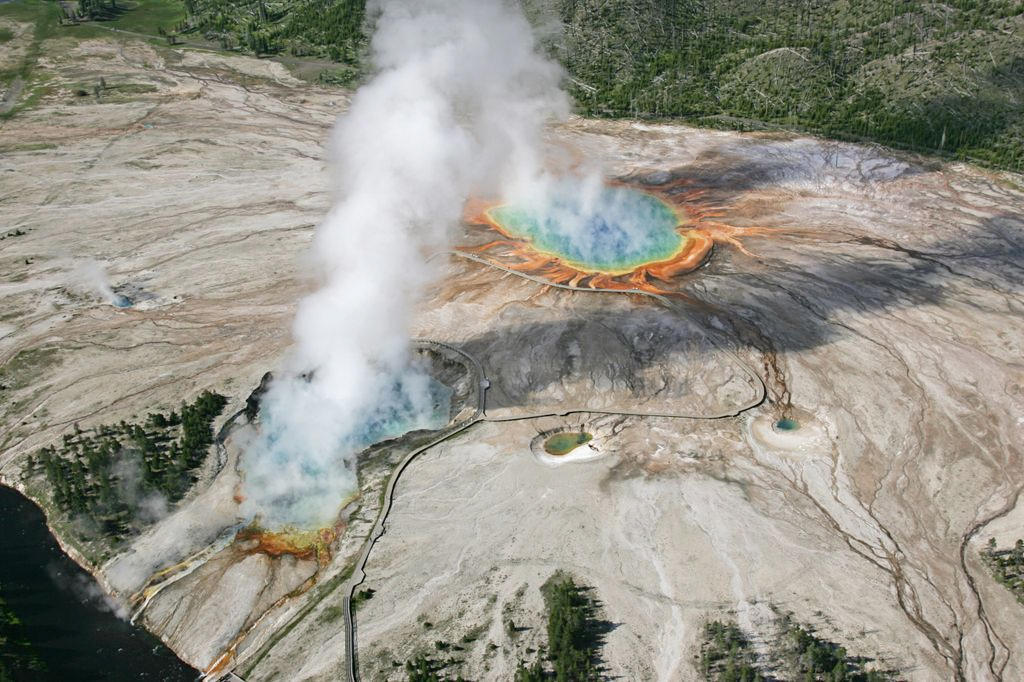
A Tragic and Unrecoverable Loss
Due to the extreme conditions of the hot spring, rescuers were unable to recover Colin’s body immediately. The efforts to retrieve his remains were further hampered by an approaching storm. When search teams returned the next day, they were met with a grim reality: Colin’s body had been entirely dissolved by the acidic, scalding water. Only his wallet and flip-flops were found near the spring. Lorant Veress, Yellowstone’s Deputy Chief Ranger, later confirmed the devastating speed at which the hot spring had dissolved Colin’s remains. The incident serves as a stark reminder of how dangerous these geothermal features can be.
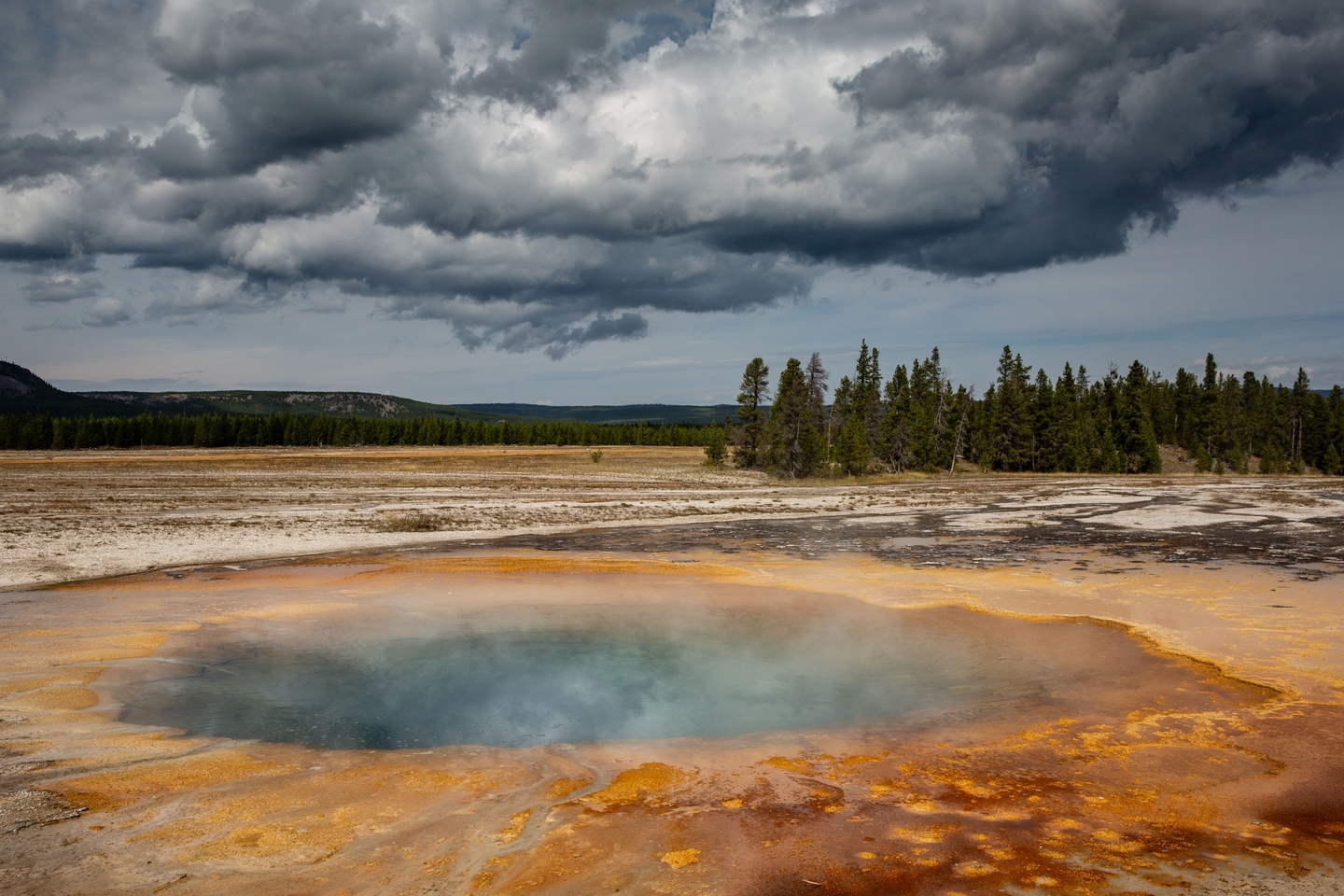
Yellowstone’s Deadly Geothermal Environment
The geothermal features of Yellowstone, including its famous geysers, mud pots, and hot springs, present unique dangers. These pools are not only boiling hot but also highly acidic, creating an environment hostile to almost all forms of life. Only specialized microorganisms, like certain types of archaea, can survive in these extreme conditions. For humans, however, even brief contact with the water can be fatal.
Despite numerous warnings and safety measures in place, Yellowstone has seen a number of tragic accidents. The park's geothermal features are clearly marked as dangerous, and visitors are urged to stay on designated paths. Yet, incidents like Colin Scott's death still occur. Since 2010, Yellowstone has recorded 52 deaths, including fatalities related to wildlife, accidents, and geothermal hazards. While this number is lower than the 92 deaths recorded in the Great Smoky Mountains National Park over the same period, it underscores the importance of adhering to safety guidelines in these untamed environments.
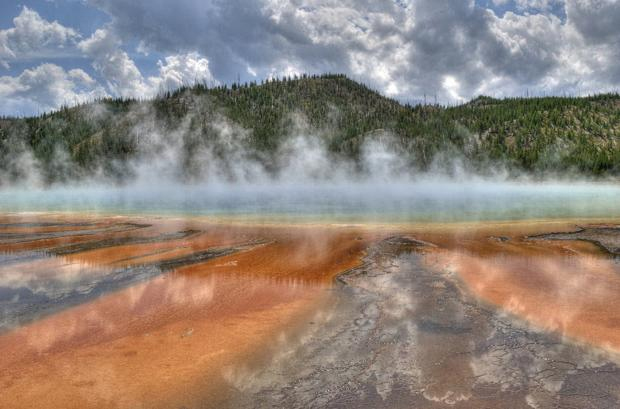
A Call for Caution
Yellowstone National Park is one of the world’s most awe-inspiring natural wonders, showcasing the power of geothermal forces. Yet this beauty conceals danger. Colin Scott’s tragic death serves as a somber reminder of the park's potentially lethal geothermal features. Visitors are urged to respect the powerful forces at play and to stay on marked paths at all times.
Though these pools may look inviting, their extreme temperatures and corrosive waters make them incredibly dangerous. Yellowstone offers a glimpse into the Earth's fiery heart, but it must be explored with great care and caution to avoid further tragedies like this one.

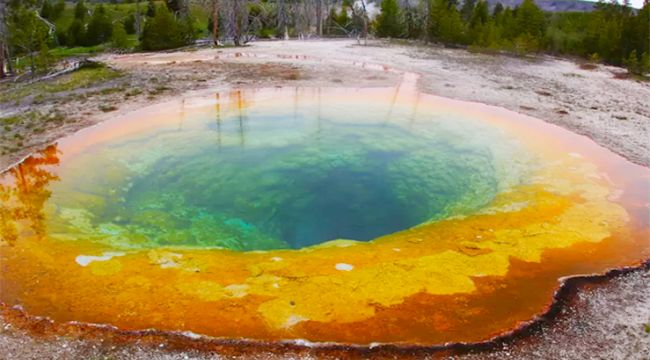
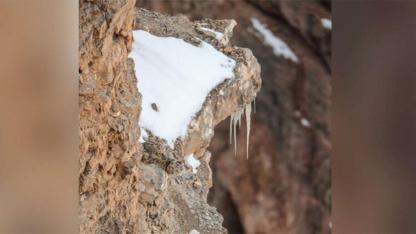
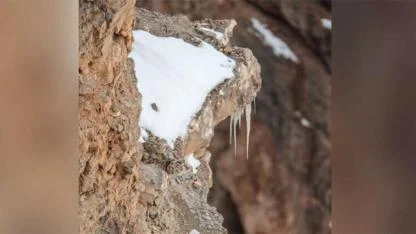
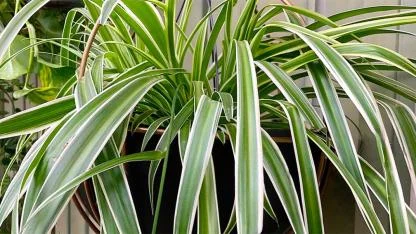
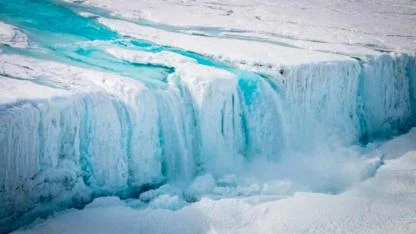
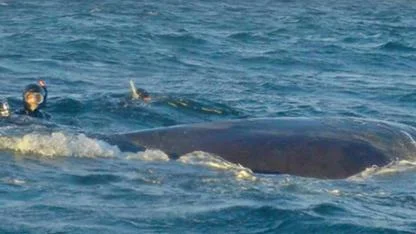
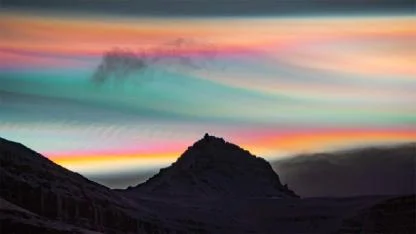
Yorumlar
Kalan Karakter: